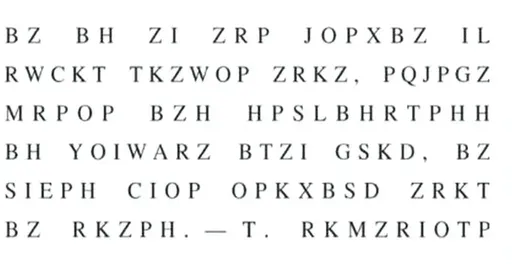Your cryptogram is lying to you—/t/ isn’t the most frequent consonant in English
What are the most frequent sounds across languages (and why)?

If you’ve spent much time solving cryptograms, you probably already know that ⟨t⟩ is the most frequently used consonant in written English. Given that, it’s reasonable to assume that /t/ would be the most frequent sound in English too.
So imagine my surprise earlier this week when, as I was reading the latest issue of Babel: The Language Magazine, I learned that the most frequent consonant in spoken English isn’t /t/ at all—it’s /n/!


In linguistics, ⟨angle brackets⟩ refer to the written (orthographic) representation of a word or letter, while /slashes/ refer to the spoken (phonemic) representation of a word or sound. For example, the word house is written as ⟨house⟩ but pronounced as /haʊs/ in most dialects of American English. You can learn more about how to read linguistics on this page.
What’s going on here? Why the discrepancy?
The fact that the relative frequency of ⟨t⟩ and /t/ differ immediately tells us something interesting: either a) many of the written ⟨t⟩s in English are not pronounced as /t/ (or are silent), or b) in speech we use more words with /n/ and fewer words with /t/ than we do in writing. So which is it?




